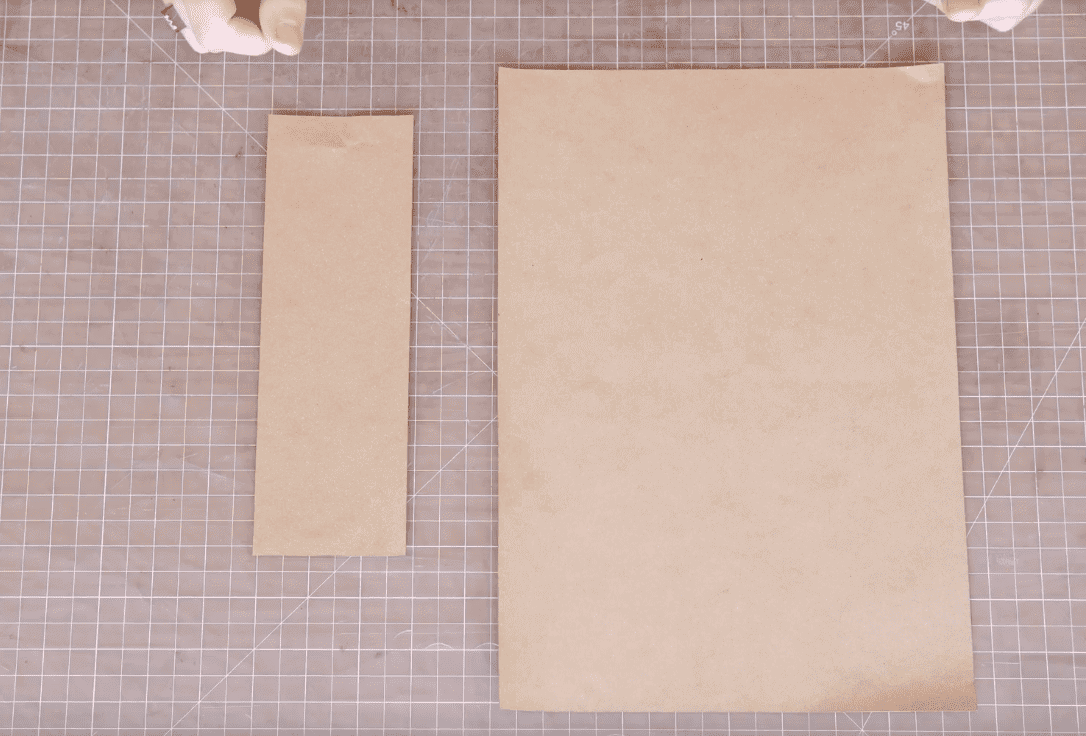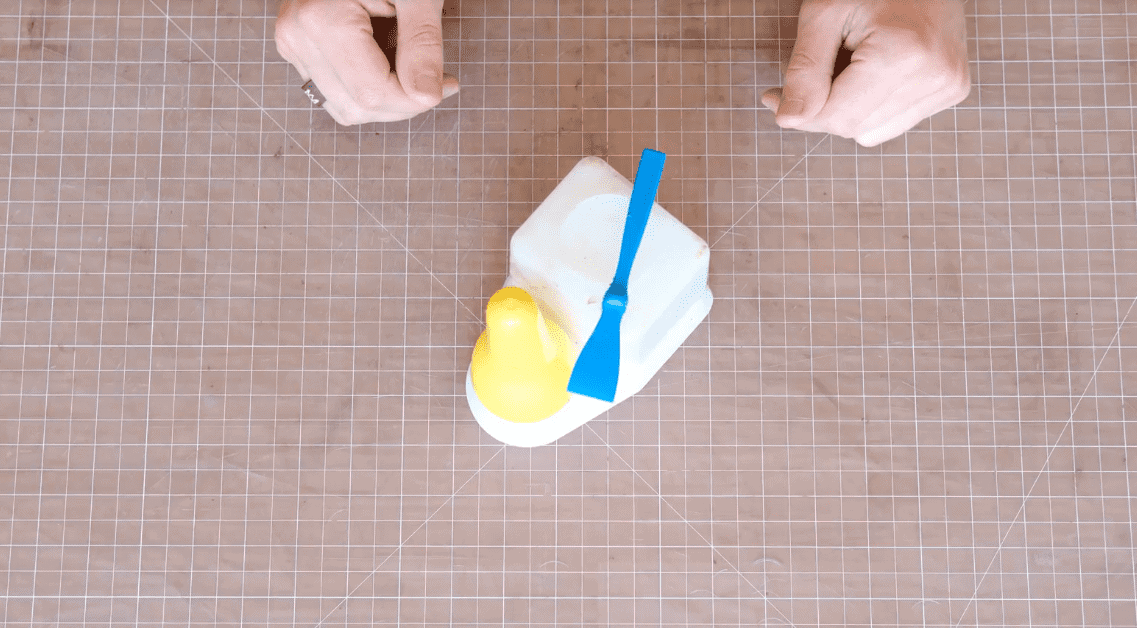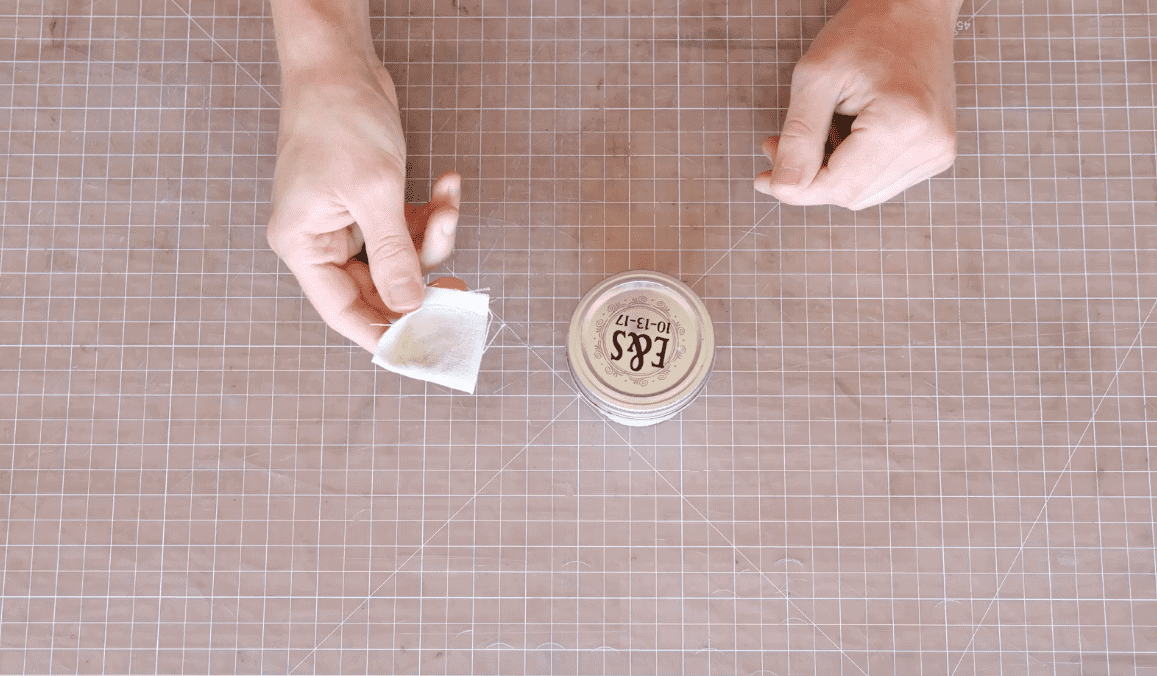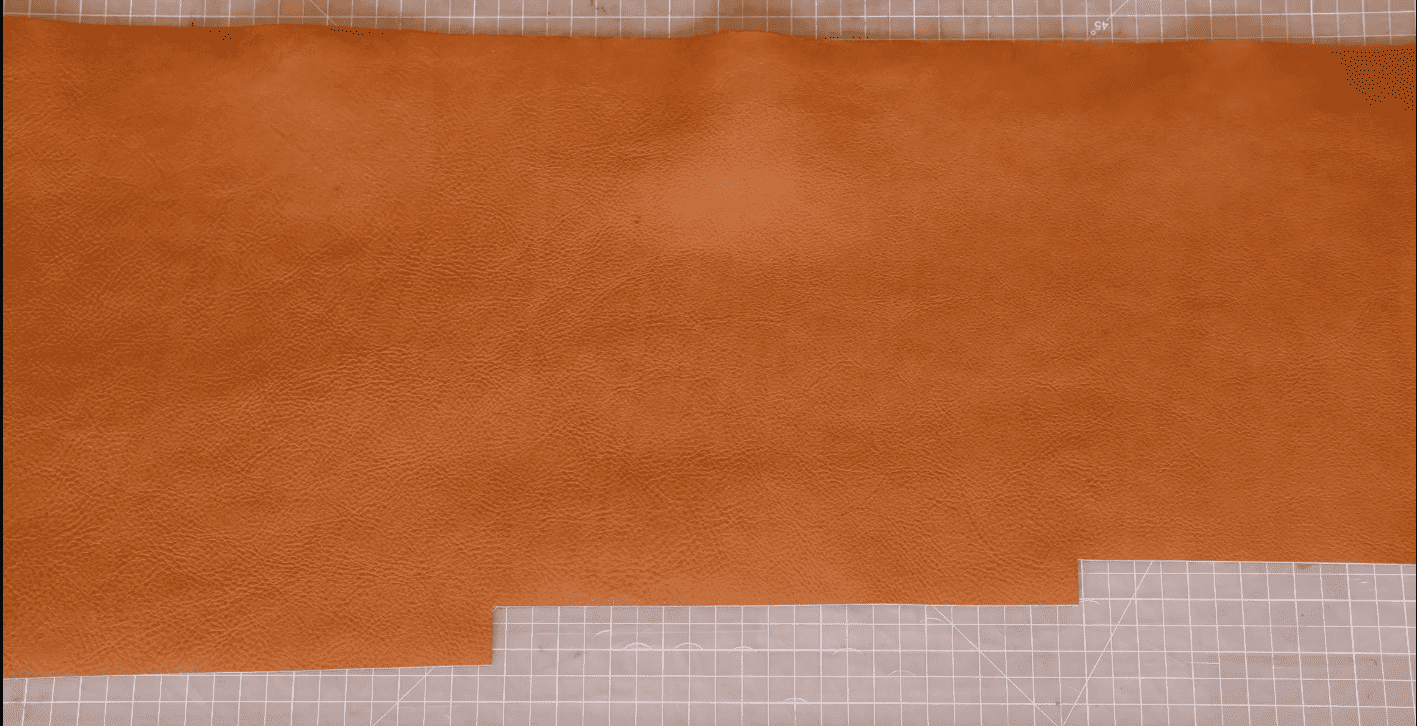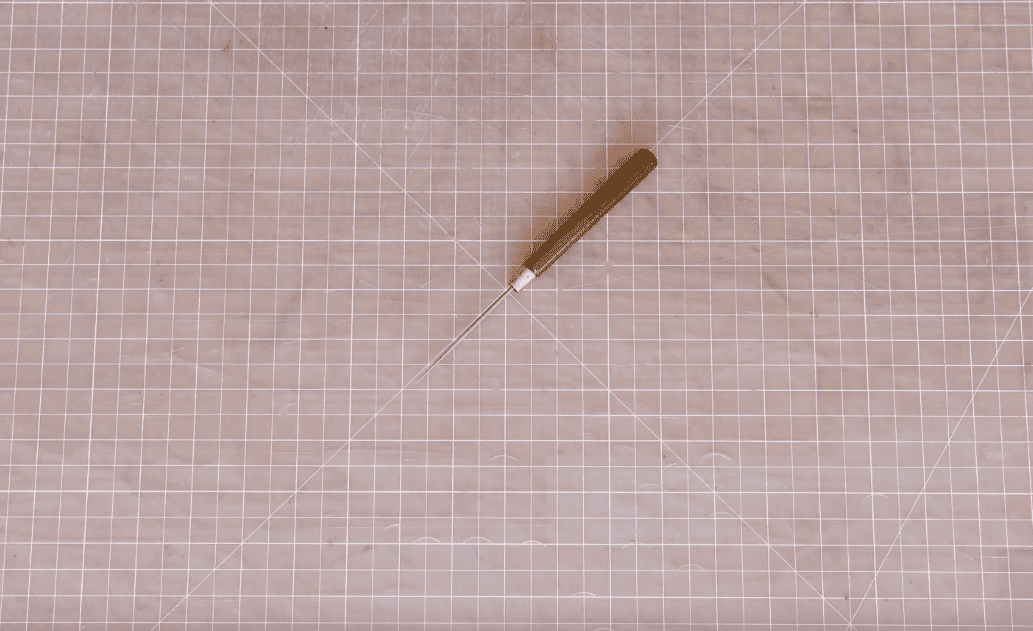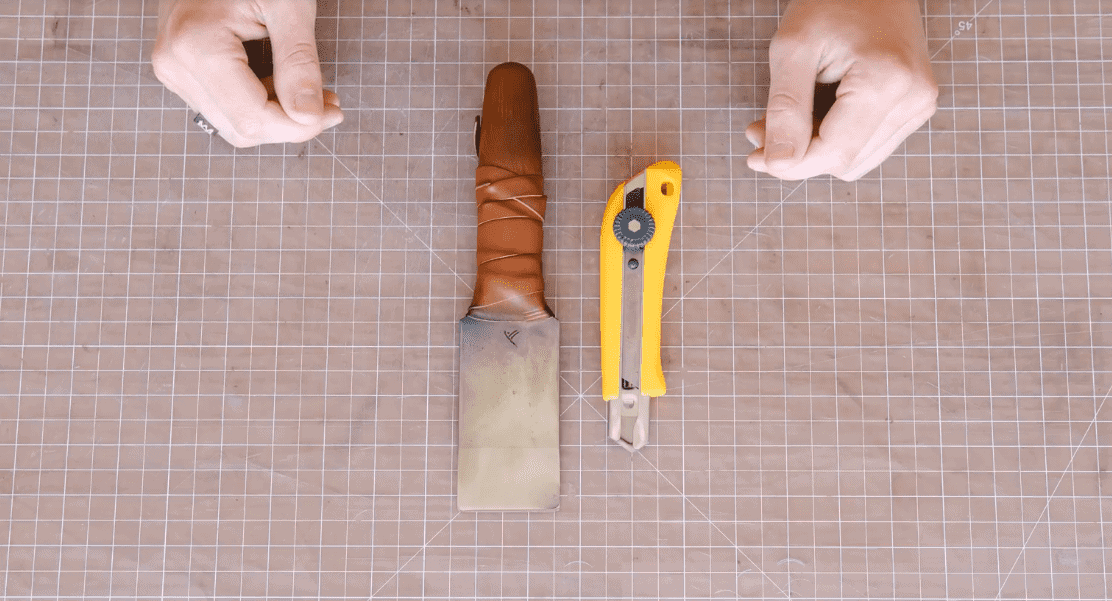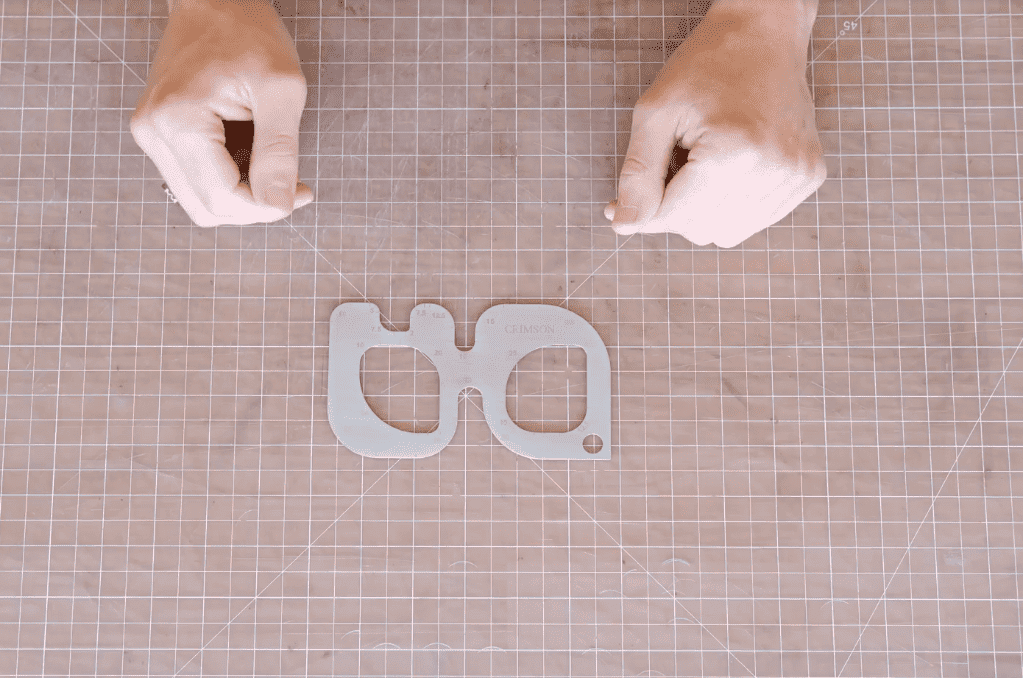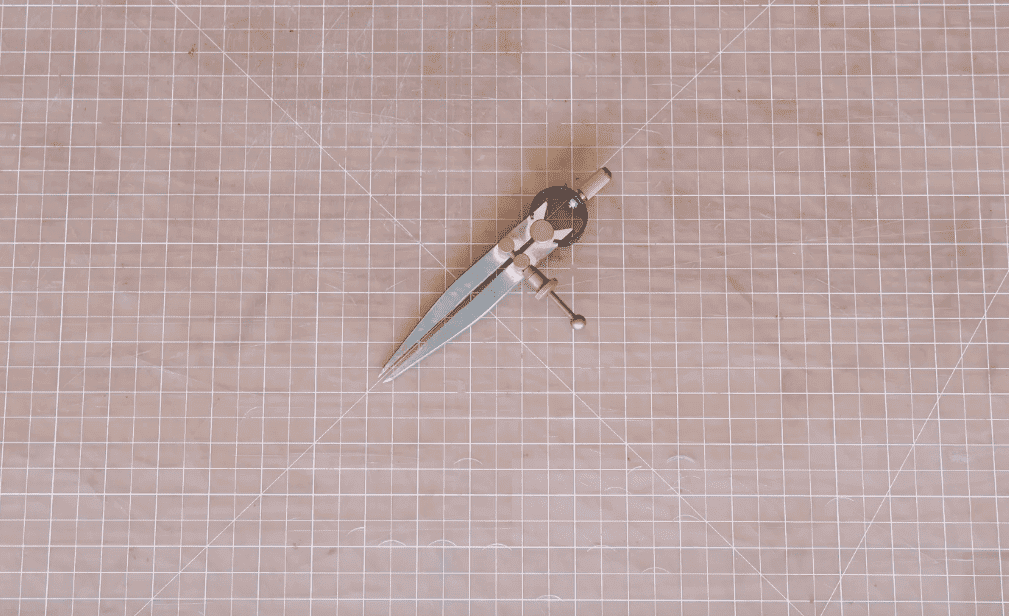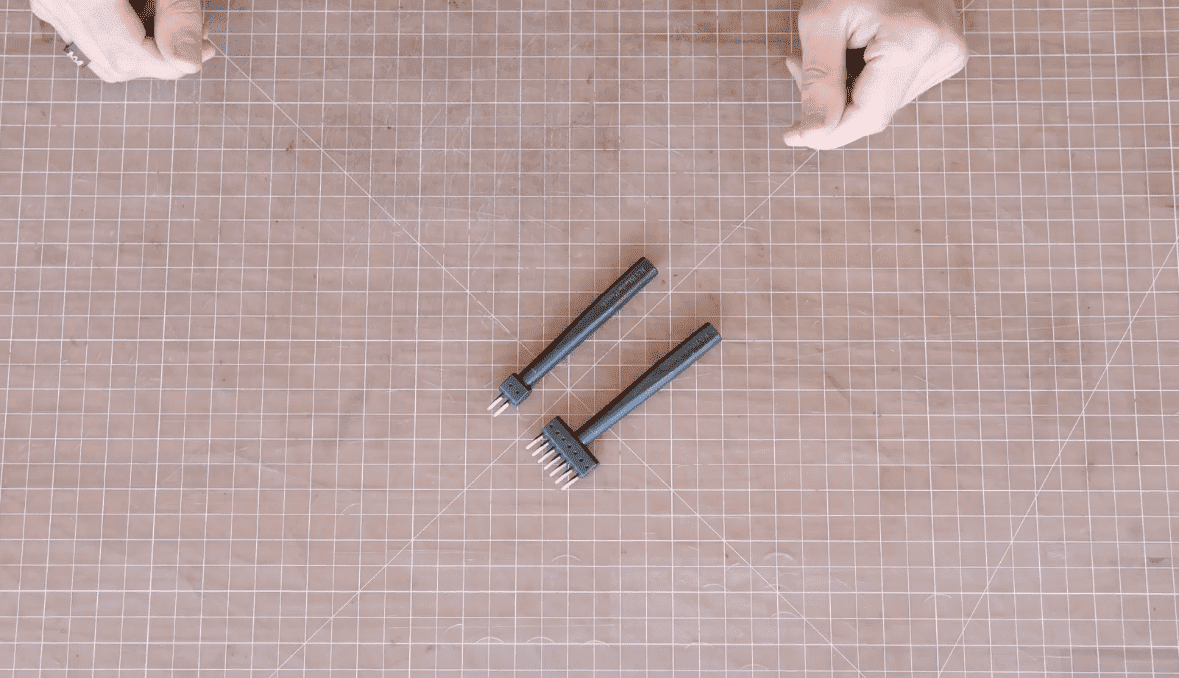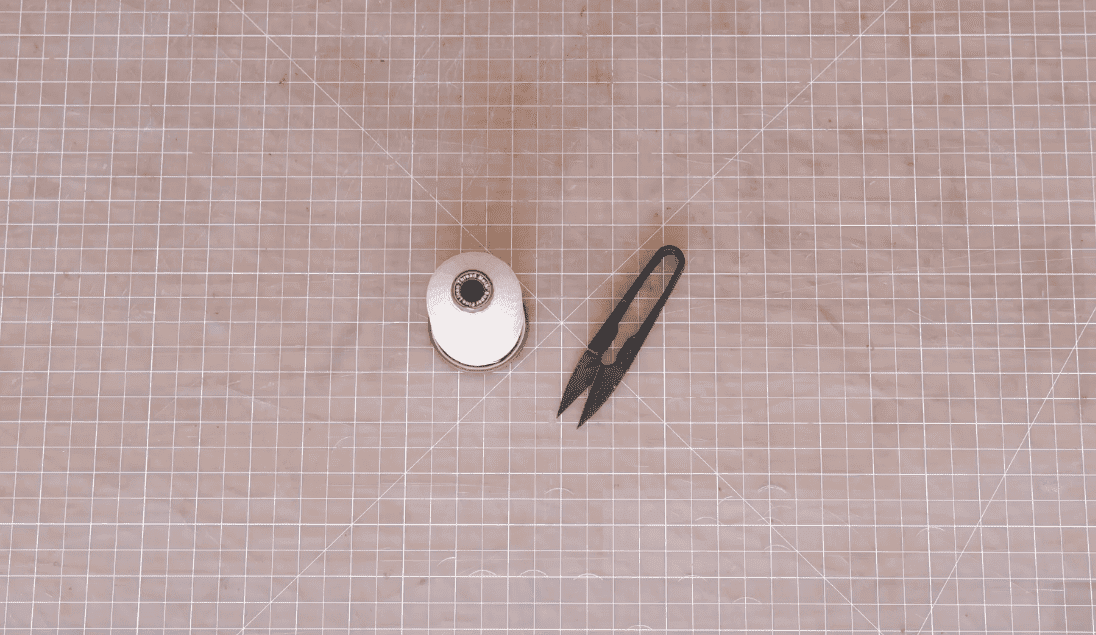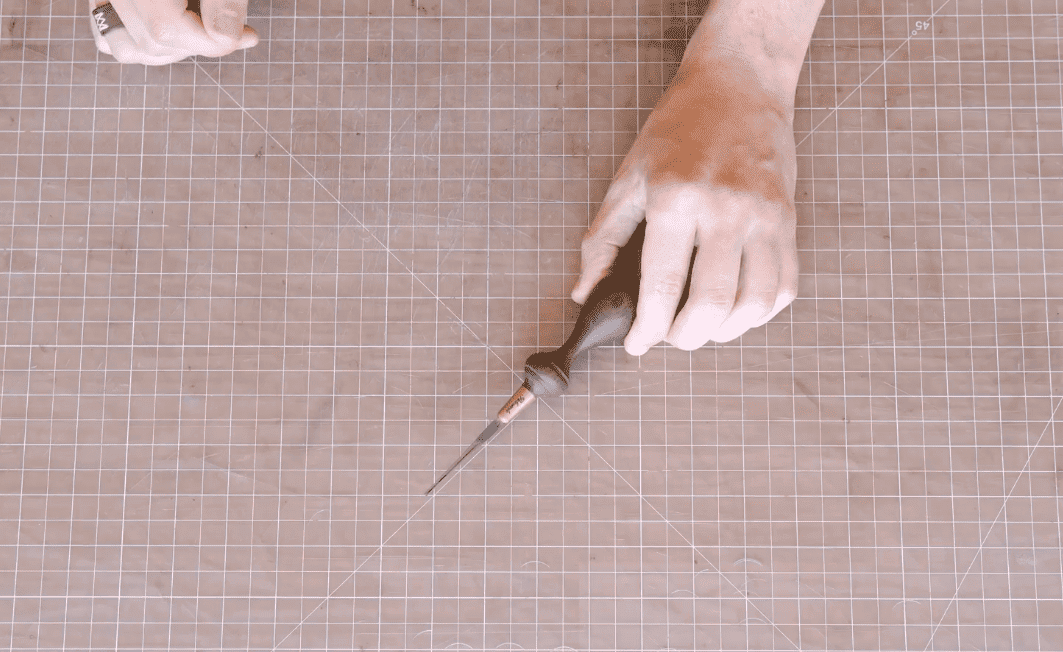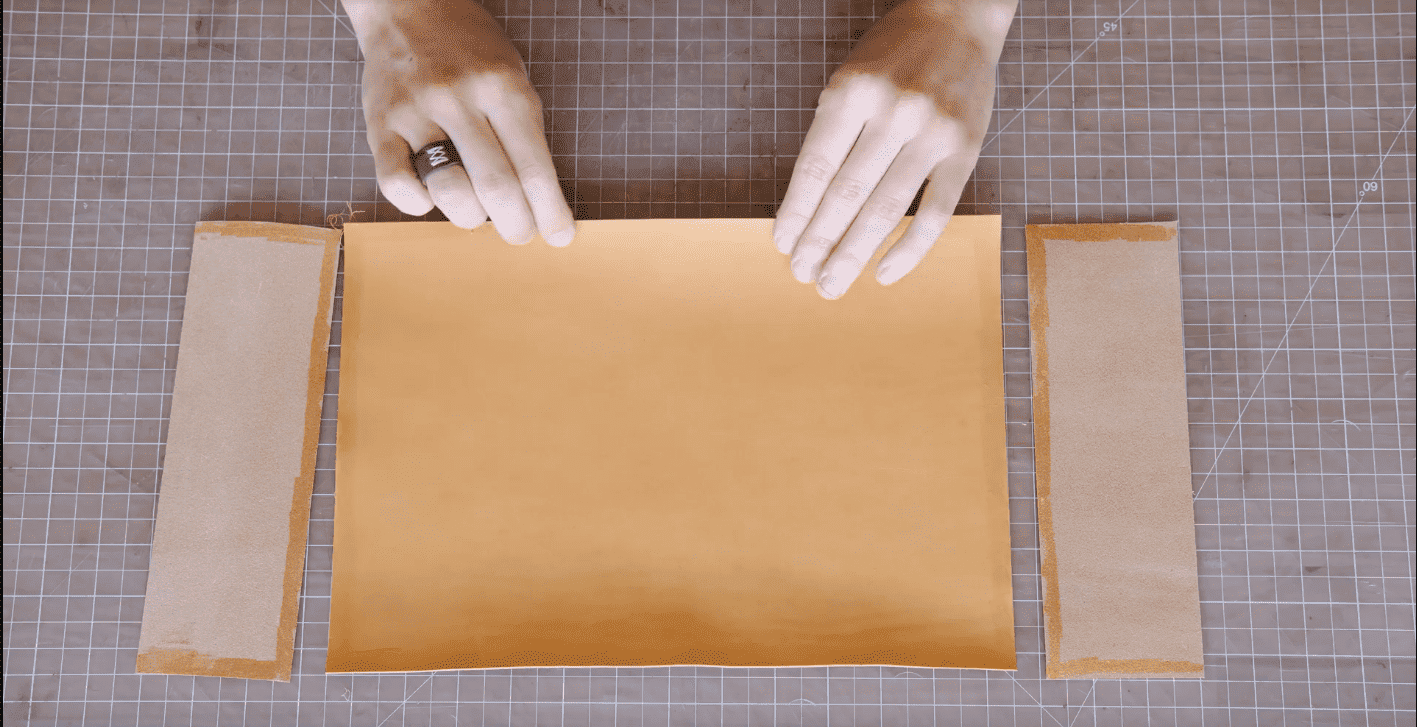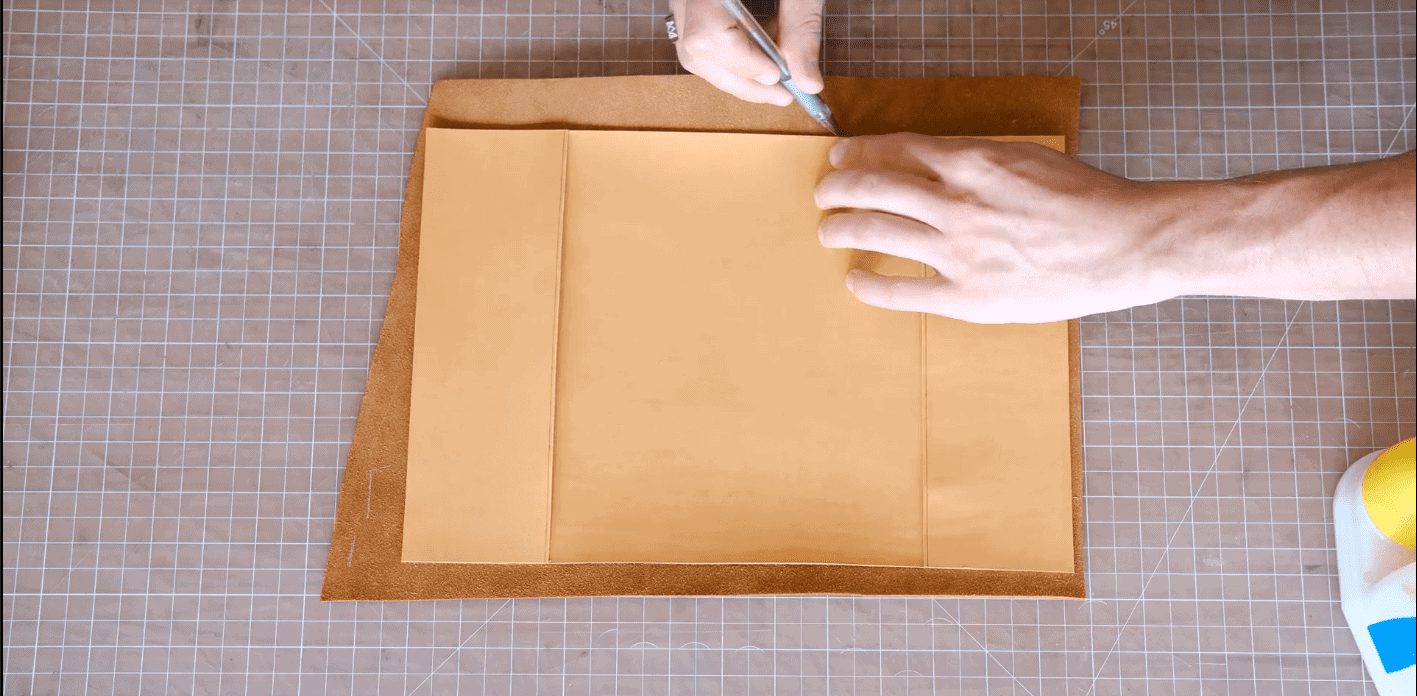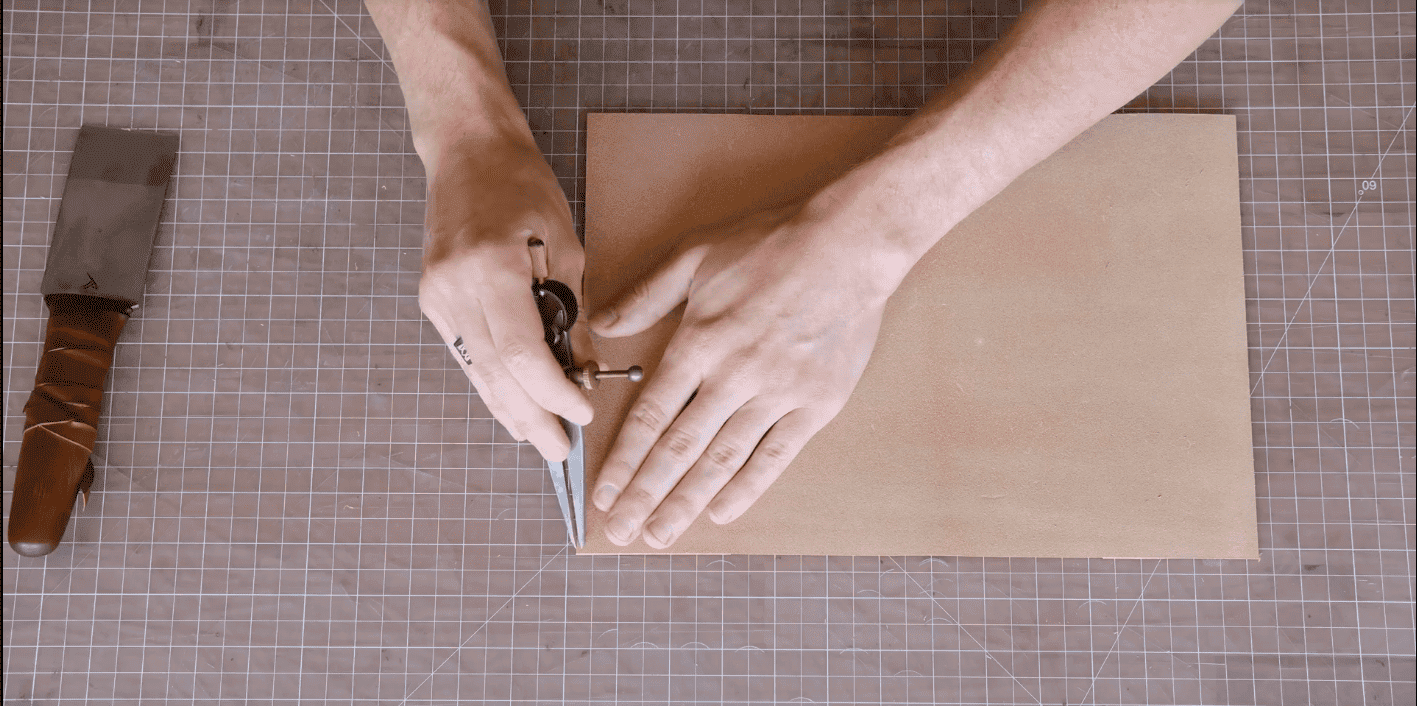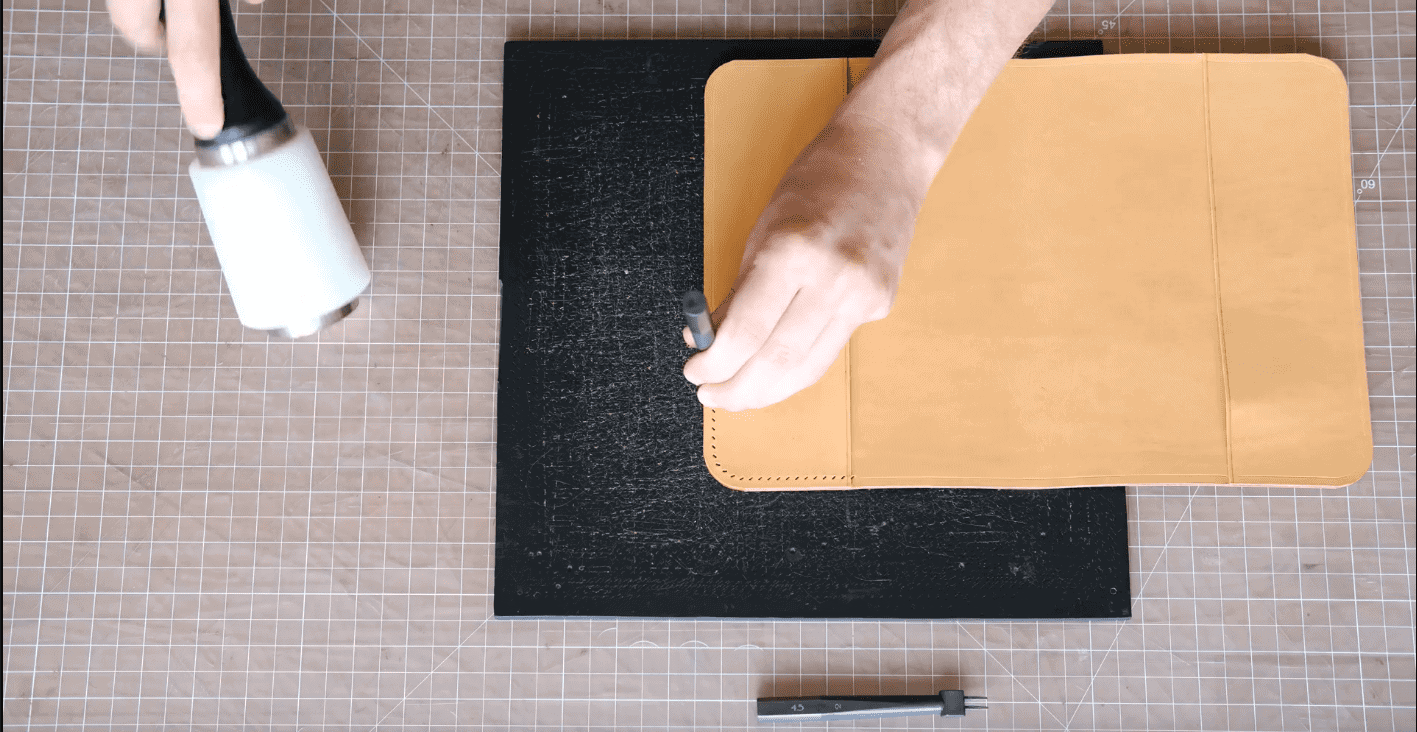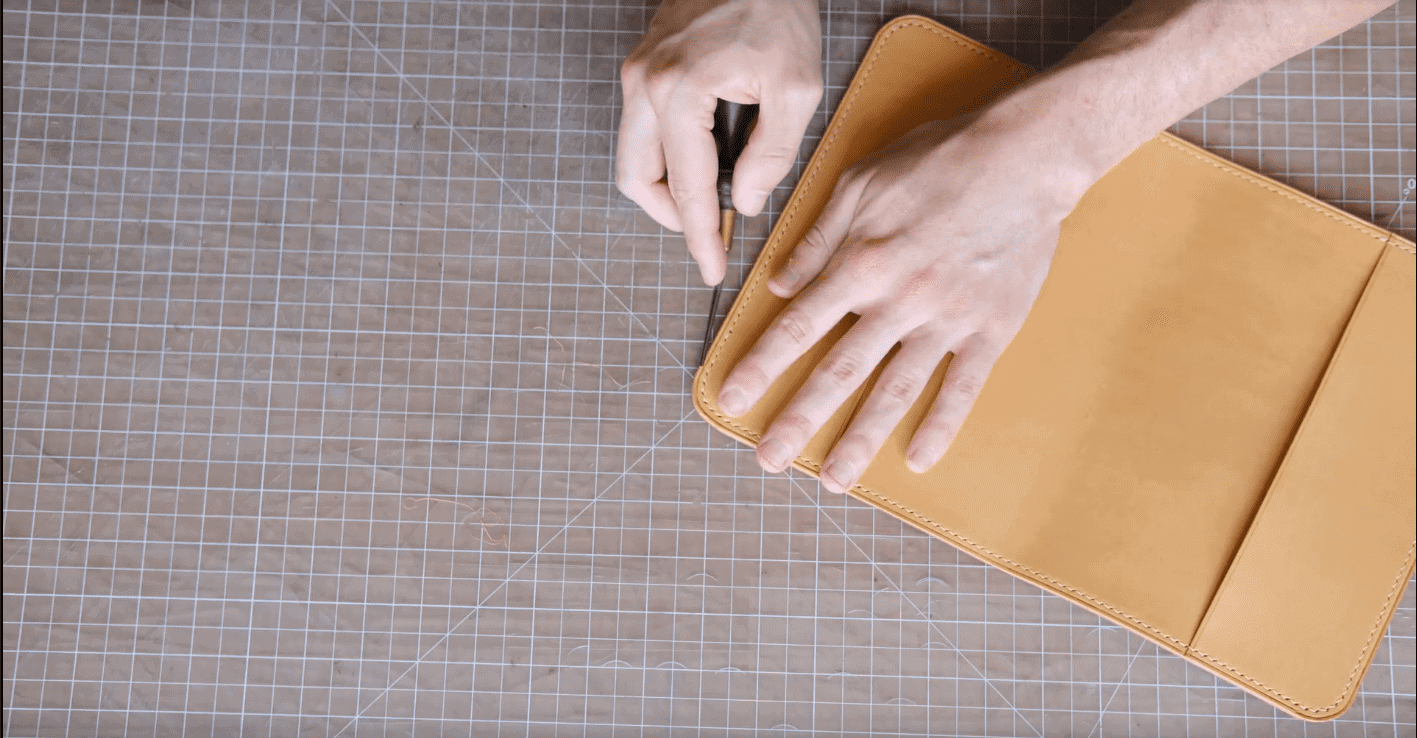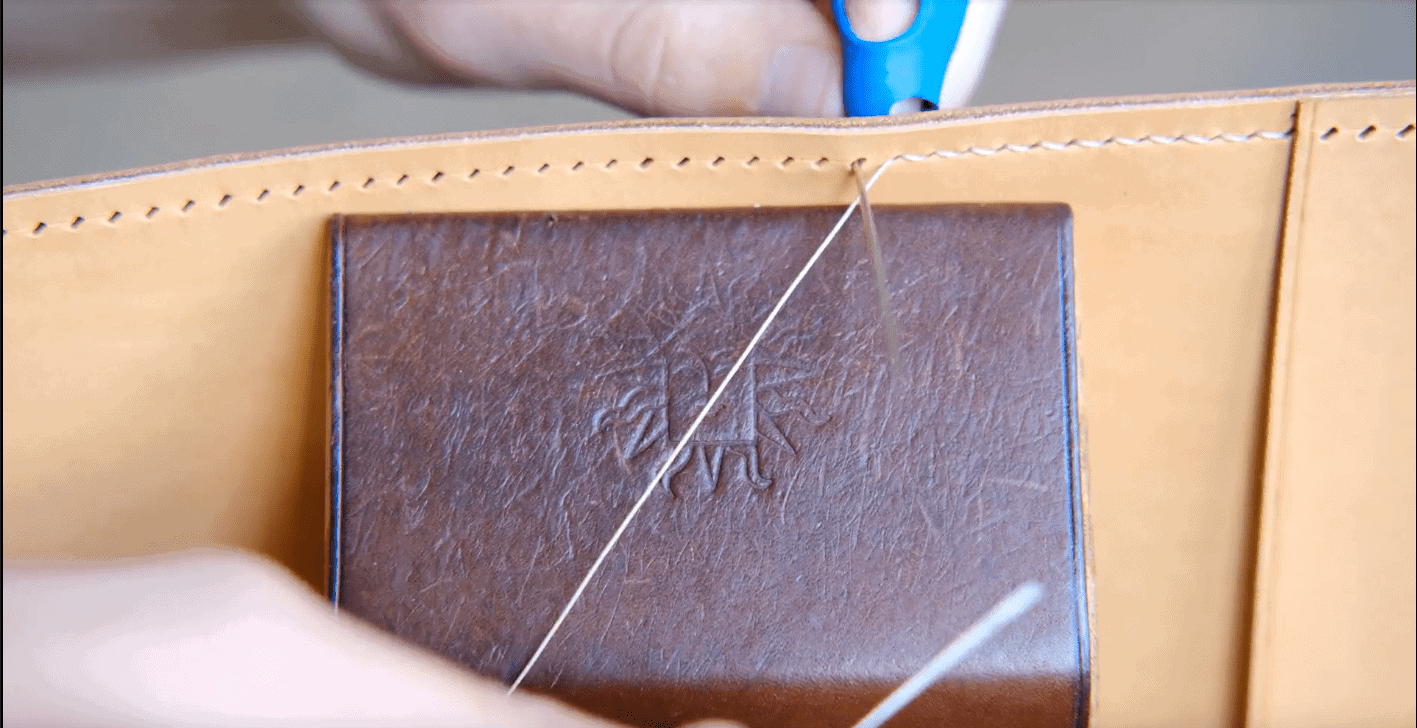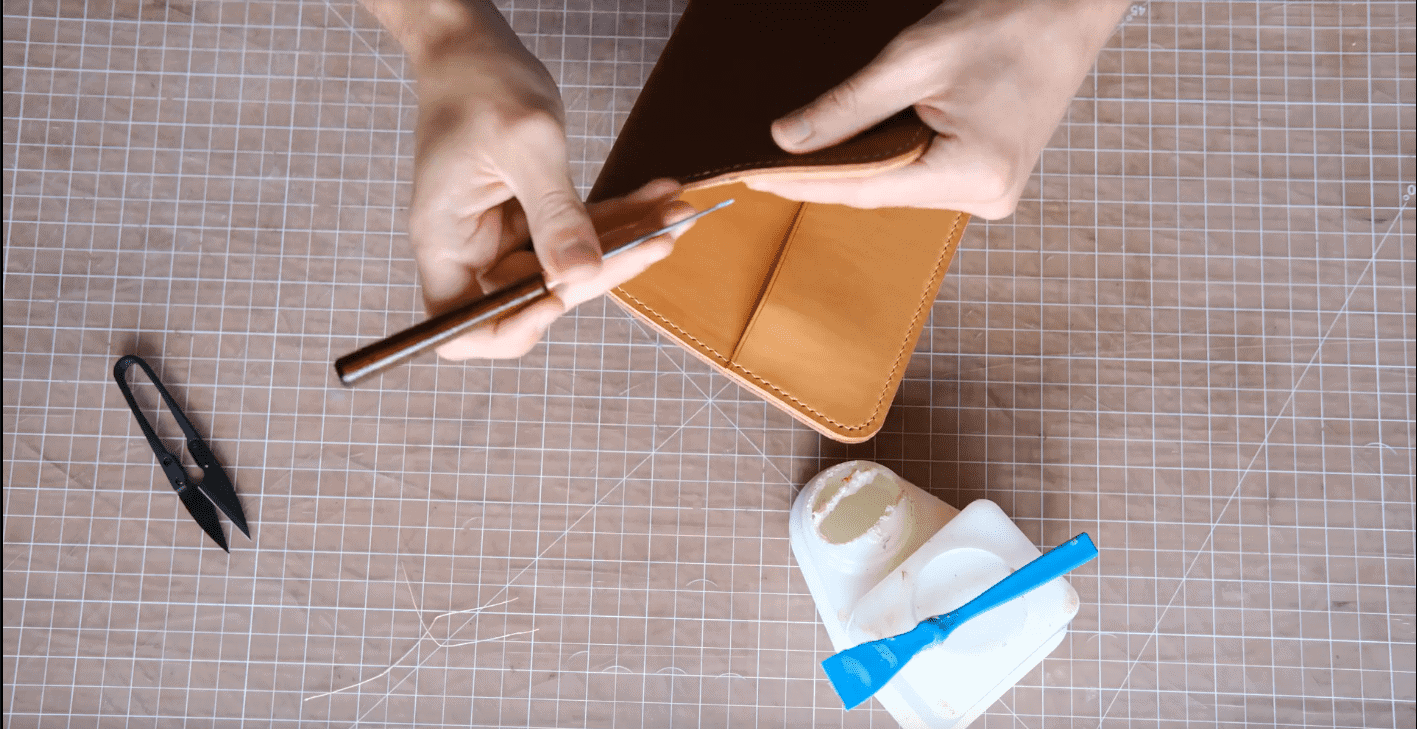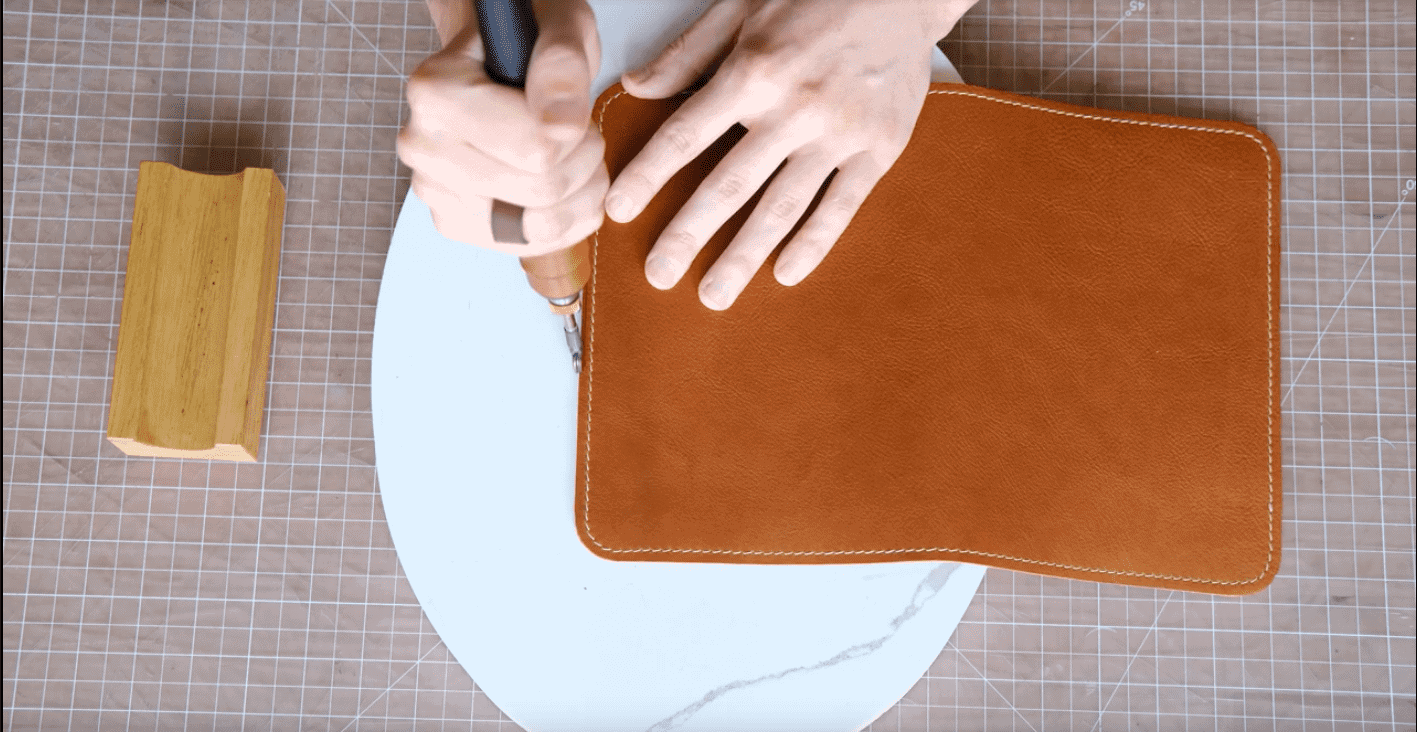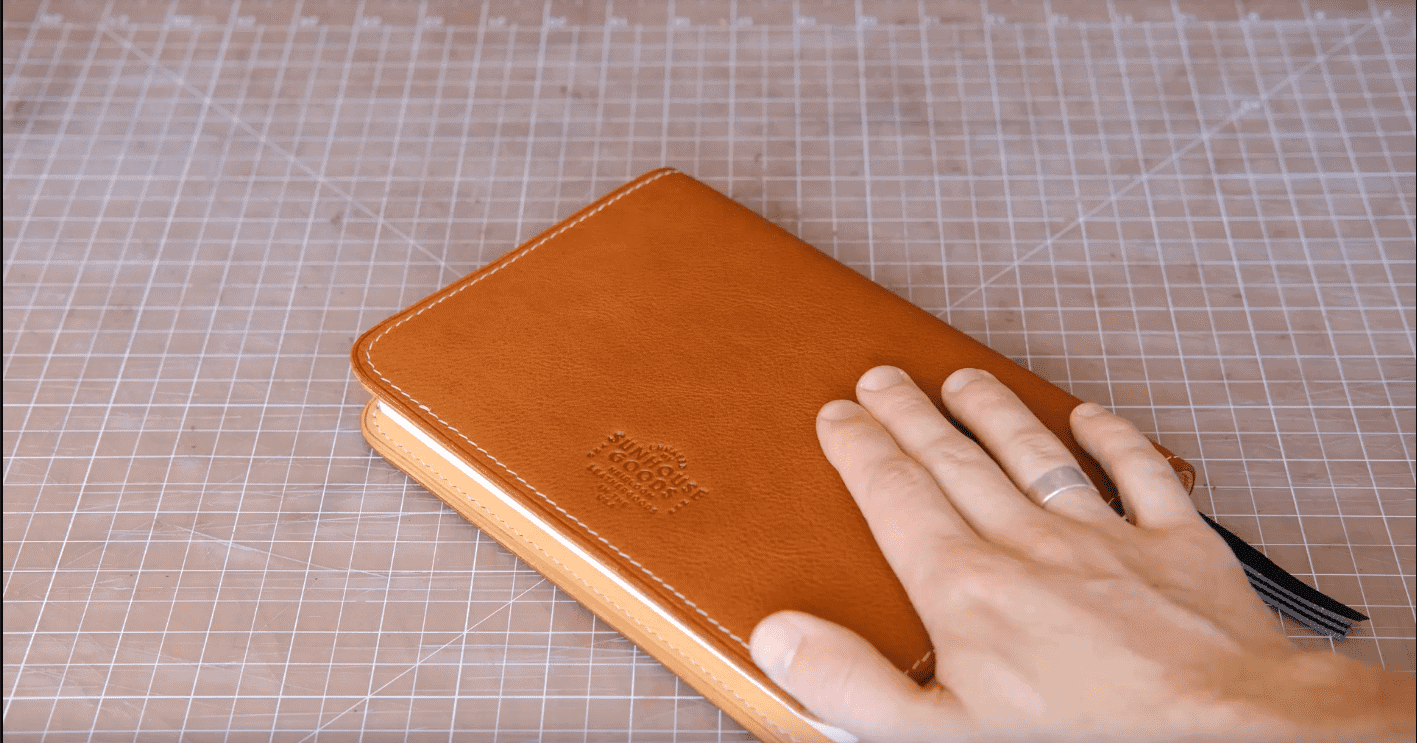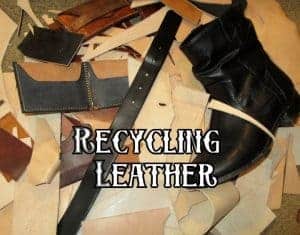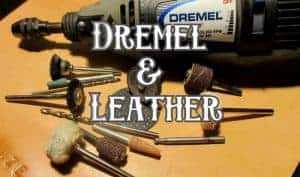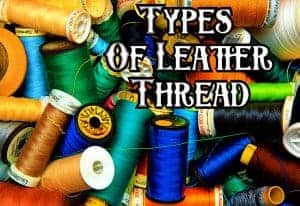
A5 Scribe Journal Template Pattern: Materials, Tools, Making Of!
If you want to keep up a productive and consistent journaling habit, a journal that looks and feels good is a must. I made one of these and gifted it to my partner recently, and her weekly bullet journal ritual immediately became a daily habit. This is, in my opinion, the objective that good leatherwork seeks to accomplish – to elevate daily rituals.
Properly executed, a successful leatherwork project enhances the experience of daily life without being distracting. The A5 Scribe journal slip is the perfect example of this. This pack combines this philosophy with good, clean design and instruction from a professional leatherworker.
As the name suggests, the A5 Scribe fits any size A5 notebook, journal, or planner.
Materials
- 1.2mm (3oz) vegetable-tanned leather. Our aim here is to highlight the material and allow it to speak for itself, so choose high-quality leather that you’ll be proud of. I chose Minerva for the interior and Minerva Box for the exterior. Both of these tannages come from Tannery Badalassi in Tuscany, Italy.
- Linen thread. I choose Meisi Superfine linen thread for all of my projects. Their M50 size is perfect for use with pricking iron spacings from 3mm to 4.5mm. I suggest running your thread through a beeswax cake and quickly pulling it through a piece of cotton canvas to melt the wax into the core and remove excess.
- Contact cement. I always suggest using a water-based cement. Avoid solvent-based cements like Barge to protect your lungs, especially indoors. Aquilium 315 or Ecostick are both excellent choices.
- Wax, gum tragacanth, or water. I suggest Tokonole, but beeswax, gum tragacanth, or water will also work in a pinch.
- Cotton canvas or edge slicker. To achieve a healthy, shiny, burnished edge.
Tools
- Printable template set. The printable templates included in the instructional pack are calibrated to perfectly fit an A5 journal. This pattern is best suited to 4.5mm pricking irons, but is easily altered to accommodate a different spacing.
- A good knife. You know what you prefer. I love straight-bladed Japanese skiving knives for patterning, but choose whatever you’re most comfortable with.
- Scratch awl. For marking patterns and measurements.
- Pricking irons or sewing awl. For this project, I chose 4.5mm French-style irons from KS Blade. A two-tooth iron or sewing awl is required for rounding curves. In a pinch, you could use an awl for all of the stitching holes on this project, though I would strongly recommend a good set of irons for cleanliness and consistency in your stitching.
- Maul or mallet. To strike your pricking irons. Weighted mauls with nylon heads are ideal. Don’t hit metal with metal – protect your irons!
- Ruler. Steel or aluminum preferred. Lay it a millimeter or two inside the edge of your templates to make it much easier to scratch out your pattern.
- Edge beveler. It’s in the name. The smaller the size, the better. I use a size 0 beveler from Palosanto Factory.
- Needles. Harness needles are ideal for their blunt tips. I prefer John James brand harness needles.
- Stitching pony or clam. To hold your work in place while you saddle stitch. In a pinch, you can squeeze two books together with your knees.
- Hammer. To flatten your stitching. Choose something with a smooth, clean face to avoid marking your leather.
- Optional: Edge creaser. Adds a nice decorative crease to your edges, for a more finished look. I have an electric creasing machine, but manual creasers that are heated over a lamp are very affordable, albeit more difficult to use.
The Making Of
Further read:

